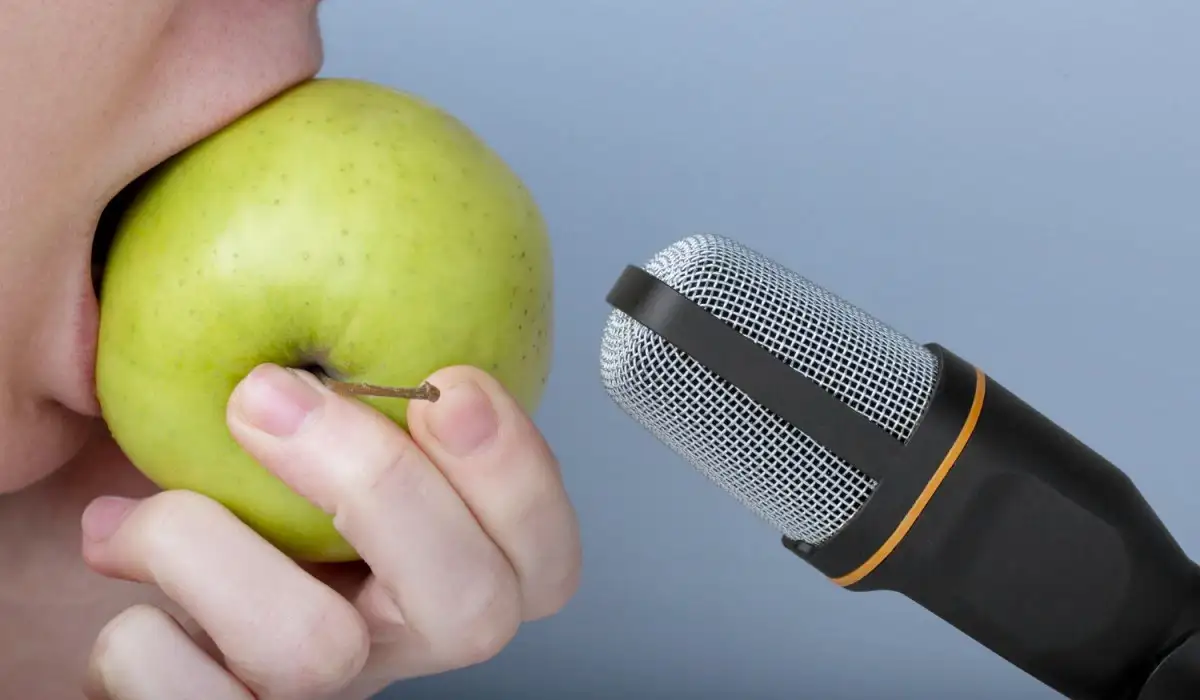Every year on April 9th, we celebrate International ASMR Day, a day to appreciate the fascinating sensation known as Autonomous Sensory Meridian Response (ASMR). This day provides an opportunity to bring attention to the peculiar tingling experience that can be felt on the scalp and neck when exposed to certain audios, visuals, and subtle stimuli.
Regarded by many as a tool for relaxation and alleviating stress, the celebration of this peculiar phenomenon underlines its therapeutic potential and praises the innovation of creators within the global ASMR community.
History of International ASMR Day
The first-ever celebration of International ASMR Day took place on the 9th of April, 2012. This special day was initiated by ASMR artist, also known as KellyMsAutumnRed, and cofounded with Ilse Blansert of Waterwhisperers. Their aim was to spread awareness and appreciation for the Autonomous Sensory Meridian Response (ASMR).
ASMR represents the unique sensation individuals feel when they view certain videos or participate in particular activities that usually require personal attention. It frequently manifests as a tingling sensation in the back of the head and along the spine and can even be brought about simply by listening to relaxing sounds like whispering or hair brushing.
This observance quickly received a warm welcome from the larger ASMR online community, which had been progressively expanding since 2007, beginning with a discussion on a ‘Steady Health’ forum thread seeking to identify this “peculiar sensation” which was later termed as ASMR.
International ASMR Day is commemorated by ASMR enthusiasts worldwide through the creation of ASMR content, showcasing their favourite ASMR artists, and acknowledging the positive influence this field has had on their levels of relaxation, sleep quality and overall mental health.
International ASMR Day Timeline
Early Beginnings of ASMR
In the early 2000s, internet users began to form online communities where they would share and discuss their experiences of certain triggering sounds and situations.
Creating Awareness
A thread titled 'Weird Sensation Feels Good' was created in the 'SteadyHealth' website where a user described a specific sensation that matches what we now know as ASMR.
Coining of 'ASMR'
Jennifer Allen coined the term 'Autonomous Sensory Meridian Response (ASMR)' to elucidate a 'strange tingling' some people get.
ASMR Society
The first public Facebook group called 'ASMR Society' was started by Jennifer Allen to promote research and discussion about ASMR.
ASMR on YouTube
ASMR started to gain mainstream recognition with more and more people uploading ASMR videos on YouTube.
First ASMR Study
The first peer-reviewed study on ASMR was published which explored its potential benefits and triggers.
Studies proving mental health benefits
Scientific research confirmed the benefits of ASMR for mental health, including aiding sleep, reducing stress and anxiety, and improving mood.
Ideas to Celebrate International ASMR Day
Listen to Favorite ASMR Artists
Spend the day indulging in the soothing sounds of your favorite ASMR artists. Whether it's whispering, tapping, scratching or brushing, let the ASMR artist lull you into a state of relaxation
Create Your Own ASMR Video
Use International ASMR Day as an opportunity to make your own ASMR video. Use whatever props you have handy and let your creativity shine. Share your creation on social media to connect with the ASMR community.
ASMR Guided Meditation Session
Invite friends for an ASMR guided meditation session. Use soft whispers, subtle ambient sounds and instruct on slow breathing techniques to help your friends unwind.
ASMR Nature Walk
Walk or hike in nature and really tune into all of the subtle, soothing sounds. The gentle rustling of leaves, rolling waves, or chirping birds can be as relaxing as any professional ASMR recording.
ASMR Art Session
Participate in an ASMR Art session where you create art using materials with different textures and sounds. The gentle sounds of paintbrushes or pencils on paper can trigger ASMR responses.
7 Interesting Facts About ASMR
ASMR and Sleep
A case study showed that of 475 ASMR-engaging participants surveyed, 81% used ASMR specifically to help them fall asleep.
ASMRtists
People who create ASMR content are known as ASMRtists. They incorporate a variety of triggers into their videos to stimulate listeners' ASMR.
Not for Everyone
Not everyone experiences ASMR. Those who do not experience the sensation when exposed to triggers are considered immune to ASMR.
High Frequency
ASMR sounds are usually recorded with a binaural microphone, which mimics human hearing better than stereo recording, thereby enhancing the experience.
ASMR in Language Learning
Some people use ASMR videos in foreign languages to help them learn a new language. The slow and clear speech typically used in ASMR videos is ideal for understanding and mimicking pronunciation.
Two Different Kinds
ASMR is typically categorized into two types - Type A and Type B. Type A individuals can stimulate ASMR through meditation whereas Type B individuals require external triggers.
ASMR in the Media
ASMR has gained mainstream attention with companies like KFC and IKEA releasing ASMR-inspired advertisements.
International ASMR Day FAQs
Next International ASMR Day Dates
| Year | Date | Day |
|---|---|---|
| 2023 | April 9th | Sunday |
| 2024 | April 9th | Tuesday |
| 2025 | April 9th | Wednesday |
| 2026 | April 9th | Thursday |
| 2027 | April 9th | Friday |
| What is the pattern? | Every April 9th | |
International ASMR Day Word Search
- Autonomy
- Sensory
- Meridian
- Response
- Tingles
- Whispers
